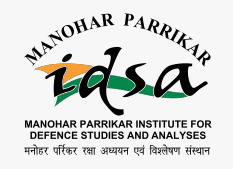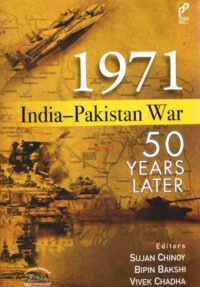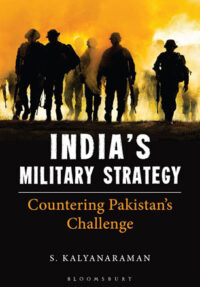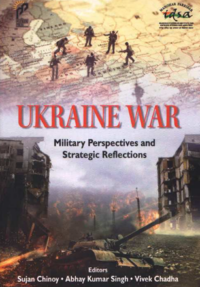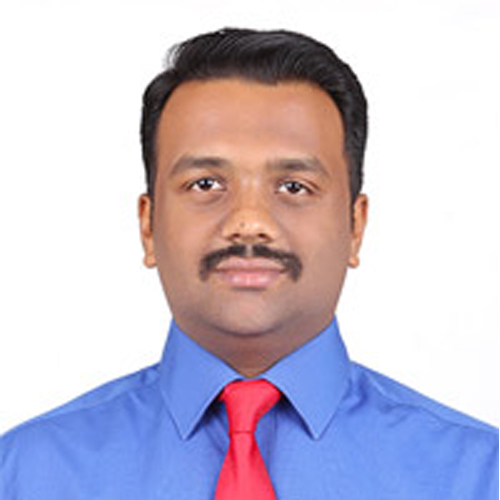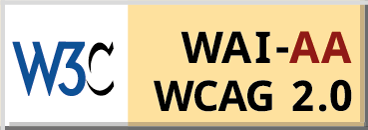Agni 5 Tested: What Next?
Weapon development programs are successful when technological innovations are matched with national strategic goals. Further development of the Agni-5 should be based on the objectives of adding to the overall combat potential and augmenting deterrence.
- Kishore Kumar Khera
- January 25, 2018
